Top DevOps Voice – Adopting GitOps for microservices
Part 1 | Lack of clear boundaries
I’d apply my GitOps viewpoint, on a slightly different tangent. As a GitOpper, I’d start with defining clear boundaries and responsibilities for each DevOps sub-team. I’d then enmesh principles of domain-driven design to model microservices around business domains, using consistent naming conventions to avoid conflicts and apply clarity. Enforcing separation of concerns and ownership is by assigning specific teams, viz. DevOps, DataOps, SecOps, MLOps, AIOps, CloudOps, and ChainOps activities; involve SREs and SDETs in CI/CD pipelines for reliable deployments. Incorporate UI/UX design considerations and Continuous Research (CR) to align with end-users satisfaction; optimizing conflict-free configurations and effective DevOps strategies.
Read and comment my post via LinkedIn community advice
Part 2 | Poor Git practices
I’d adopt a clear branching strategy, such as (but not limited to) Gitflow, to maintain order in repository. Utilize pre-commit hooks to run linters and tests before committing code, ensuring code quality and compliance. I’d integrate Continuous Integration/Continuous Deployment (CI/CD) tools to automate testing and deployment processes. I’d engage SecOps teams, SDETs, and SREs in the process to enhance security, reliability, and efficiency. I’d leverage Infrastructure as Code (IaC) to manage infrastructure with the same rigor as the application code. Collectively, these practices help maintain code quality, security, and facilitate easier review and auditing of changes, via Git.
Read and comment my post via LinkedIn community advice
Part 3 | Inadequate automation
In addition to all the insightful contributions mentioned, my two cents: I’d include neglecting security best practices, failing to manage secret information properly, and insufficient monitoring and alerting. I’d integrate SecOps to handle security aspects, use tools like HashiCorp Vault for secrets management, and implement robust monitoring with tools like Prometheus and Grafana. SecOps (and DevOps sub-teams in general) best be avoiding overcomplication of pipeline. Rather, keep it simple and maintainable. The team ensure proper role-based access control (RBAC) to avoid unauthorized changes given inadequate automation. The team should regularly update and patch tools to avoid vulnerabilities; and ensure integration AND compliance.
Read and comment my post via LinkedIn community advice
Part 4 | Insufficient observability
Beyond the processes mentioned, I’d recommended including implementing automated testing with tools like Jenkins or GitLab CI/CD to catch issues early, and employing Infrastructure as Code (IaC) practices using tools like Terraform or Ansible for consistent and repeatable infrastructure management. I’d establish clear version control practices to track configuration changes and facilitate rollbacks if necessary. I’d leverage SecOps to integrate security checks into CI/CD pipeline, maintaining security throughout the deployment process. In tandem, the DevOps team foster a Git culture of continuous improvement and collaboration among development, operations, and security foroverall effectiveness and reliability of the GitOps workflow.
Read and comment my post via LinkedIn community advice
Part 5 | Resistance to change
On GitOps for microservices in a world of rapidly evolving digital technologies, think of GitOps as the gardener who doesn’t just plant seeds but cultivates a thriving garden of innovation and growth. It’s not just about the mechanics of planting but about nurturing a culture of continuous learning and improvement. We must invite all our stakeholders to step into this garden, to understand the benefits and challenges of GitOps, and how their roles intertwine like the roots of a robust ecosystem. Our foundation must be built on trust, accountability, and a willingness to experiment, supported by the essential gardening tools of chatops, code reviews, and retrospectives to ensure our garden flourishes.
Read and comment my post via LinkedIn community advice


